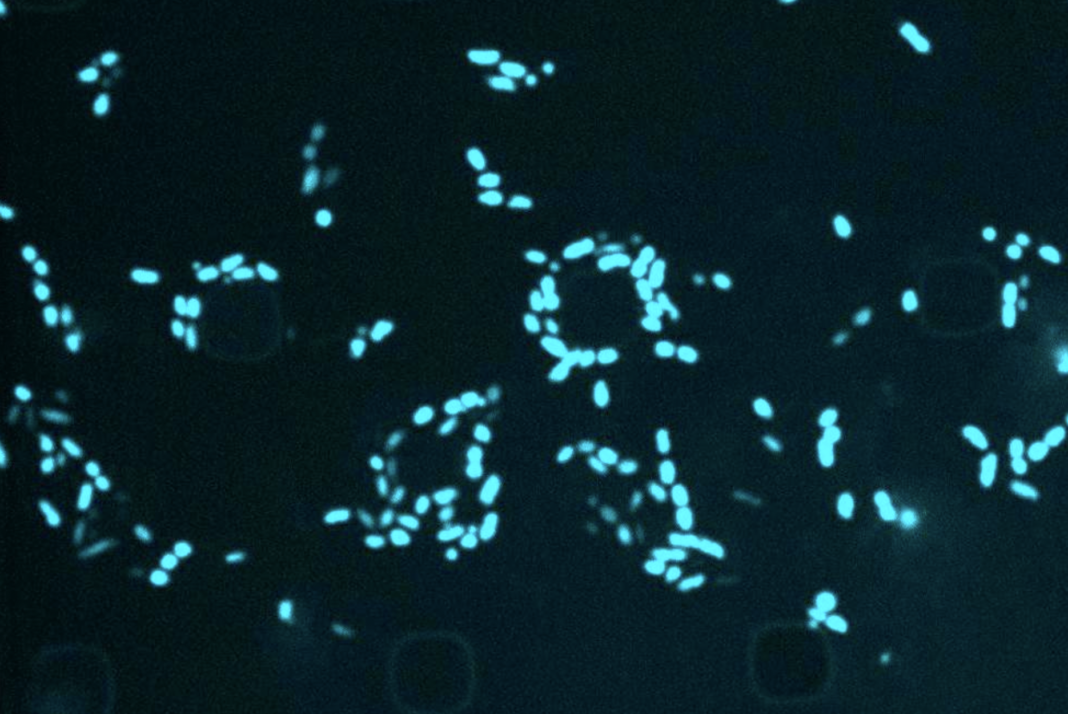In Short:
Modern antibiotic discovery has been slow since the 1970s, leading to a global public health threat of antimicrobial resistance. Researchers at MIT Jameel Clinic are using AI to find new antibiotics targeting dormant bacteria. AI helped identify a compound called semapimod, effective against hard-to-treat Gram-negative bacteria. By disrupting the outer membrane, semapimod makes these bacteria susceptible to existing drugs, offering a promising solution to antibiotic resistance.
Addressing the Antimicrobial Resistance Crisis
Since the 1970s, modern antibiotic discovery has faced challenges, leading the World Health Organization to declare antimicrobial resistance a top 10 global public health threat.
Understanding Antibiotic Resistance
Recurring infections post-antibiotic treatment can be attributed to bacteria developing resistance over time. One explanation involves bacteria entering a dormant state, evading detection by traditional antibiotics that target metabolic activity.
Jackie Valeri, a former MIT-Takeda Fellow associated with the MIT Abdul Latif Jameel Clinic for Machine Learning in Health, emphasized the link between resistance and recurring infections.
Utilizing Machine Learning
In a recent publication in Cell Chemical Biology, Valeri discusses how machine learning can aid in identifying compounds lethal to dormant bacteria.
AI in Antibiotic Discovery
MIT Professor James J. Collins made headlines for leveraging AI to develop a new class of antibiotics, aligning with the clinic’s goal to enhance antibiotic options using artificial intelligence.
Key Findings
Researchers employed AI to expedite the process of identifying antibiotic properties in known drug compounds. This approach led to the discovery of semapimod, a compound showing effectiveness against dormant bacteria.
Semepimod, initially an anti-inflammatory drug, displayed efficacy against stationary-phase Escherichia coli and Acinetobacter baumannii bacteria.
Furthermore, semapimod disrupted the membranes of “Gram-negative” bacteria known for inherent antibiotic resistance due to their complex outer membrane structure.
Advancing Treatment Options
The unique properties of semapimod sensitize Gram-negative bacteria to drugs typically targeting Gram-positive strains, offering new possibilities in antibiotic treatment.
Valeri emphasizes the importance of addressing antibiotic resistance across bacterial types to enhance treatment options and combat the spread of infections.





